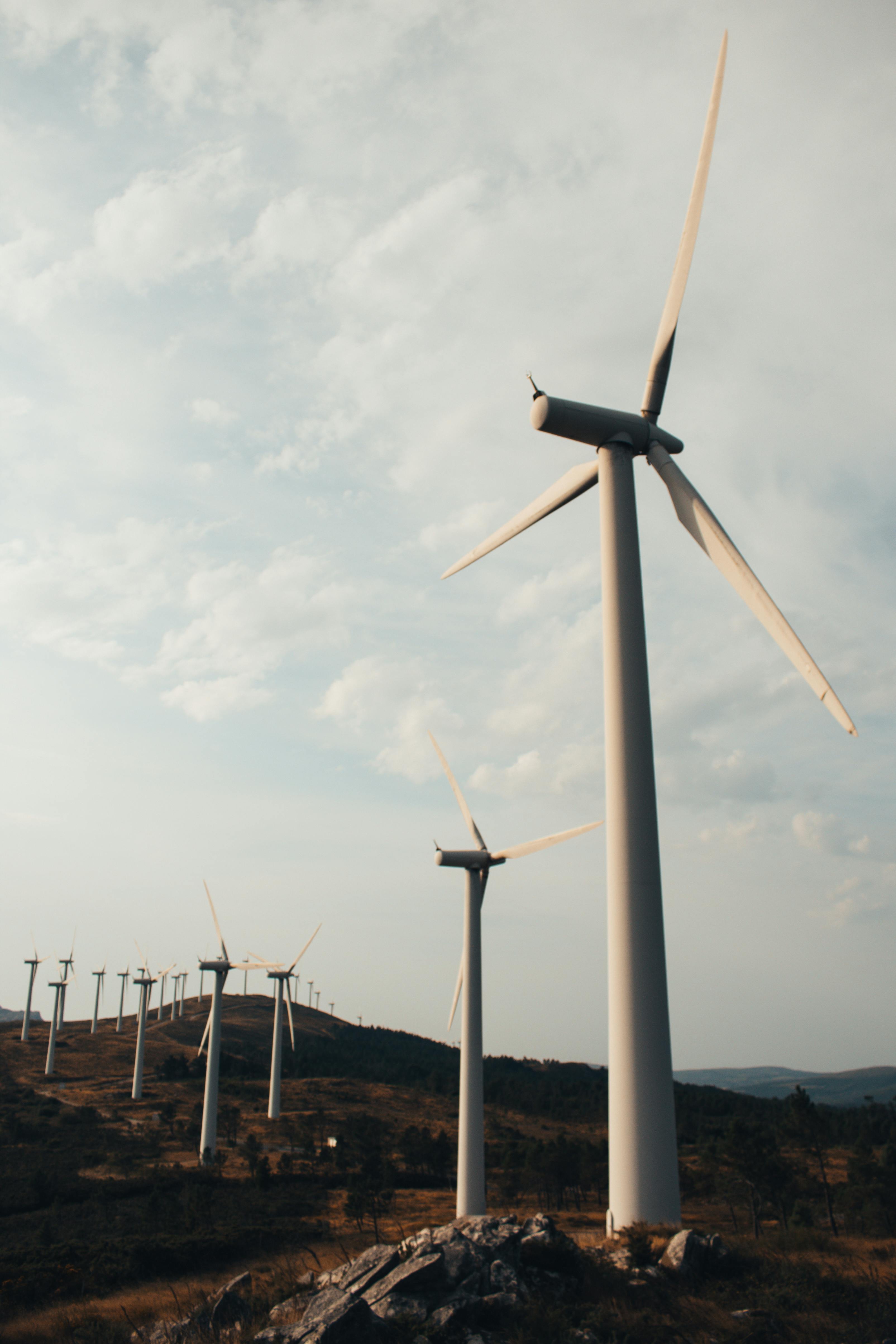Biofuels
This includes Sustainable Aviation Fuels (SAF), Renewable Diesel, Renewable Natural Gas (RNG), and Green Methanol, typically derived from organic waste, crops, or used oils. Biofuels are the most commercially established renewable fuels and are essential for decarbonising hard-to-electrify sectors like aviation, shipping, and heavy transport.
Hydrogen & Ammonia
Green, blue, and turquoise hydrogen, along with ammonia as a carrier, are gaining traction as low-emission fuels and industrial feedstocks. These fuels are central to decarbonising sectors such as steel, chemicals, and long-haul transport, with demand growing for infrastructure, storage, and distribution expertise.
E-Fuels and Synthetic Fuels
Produced by combining green hydrogen with captured carbon, these drop-in fuels are gaining attention for their compatibility with existing combustion engines and aircraft. Roles in this space often span R&D, carbon capture, electrolysis, and synthetic chemistry.
Waste-to-Fuel and Circular Carbon Technologies
These innovative processes convert waste biomass, municipal waste or industrial by-products into usable fuel. These technologies play a dual role in emissions reduction by diverting waste from landfill while producing low carbon fuels.
Advanced Feedstocks
This includes next-gen materials such as algae, lignocellulosic biomass, and CO₂ utilisation inputs. The focus is on improving yield, sustainability and scalability of fuel production.
Policy and Regulation
With regulation driving investment and compliance, expertise in global fuel standards, carbon intensity scoring (e.g. LCFS, RED III), and sustainability certifications (e.g. ISCC, RSB) is critical to stay ahead of evolving policy landscapes.
Commercialisation and Offtake
From Power Purchase Agreements (PPAs) to long-term offtake deals for SAF or hydrogen, commercial roles in renewable fuels require market foresight, investor engagement, and strategic partnerships to bring technologies to scale.








